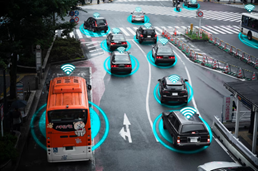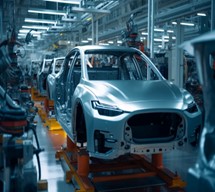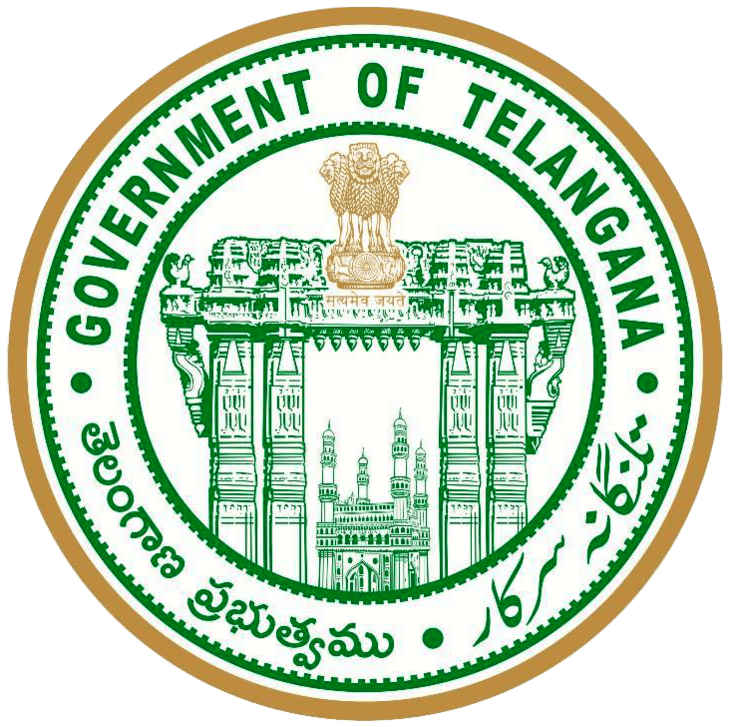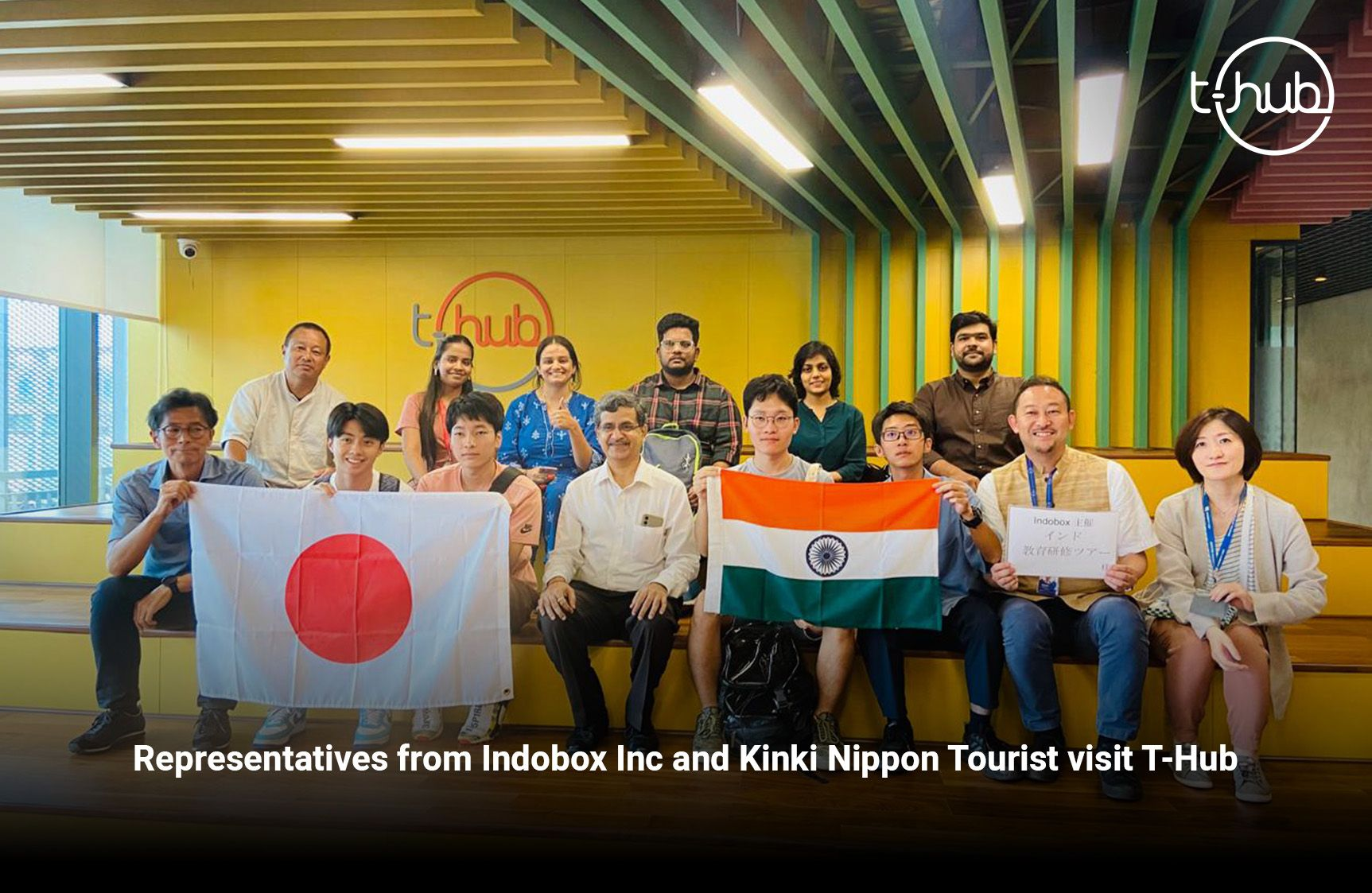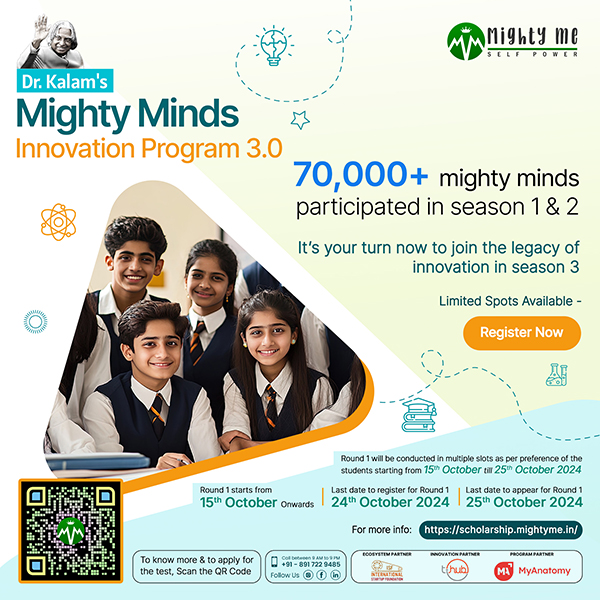In the hustle and bustle of modern city life, where daily commutes are often synonymous
with gridlocked roads, accidents and parking nightmares, envision a future where such
challenges fade away. It is a reality on the horizon as these technologies are actively in
development, with anticipated rollouts expected by 2030. Thanks to the transformative
potential of Smart Infrastructure and Connected Vehicles (V2X), transformative technology
is enabling seamless communication among vehicles, infrastructure, pedestrians and smart
devices, revolutionising transportation dynamics. Join us as we delve into the promising
landscape of V2X and see how AIC T-Hub, India’s innovation powerhouse, is spearheading
the charge towards a connected urban future.
AIC T-Hub, the Accelerator for Commercialisation of Innovation at T-Hub, is nestled at the
heart of India’s smart mobility ecosystem. AIC T-Hub plays a pivotal role in fostering and
advancing cutting-edge solutions. It provides a dynamic platform, acting as a catalyst for both
startups and established companies to develop and test V2X solutions, thereby nurturing a
culture of innovation.
